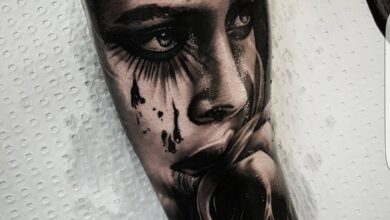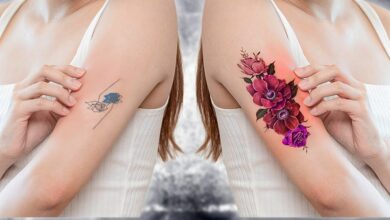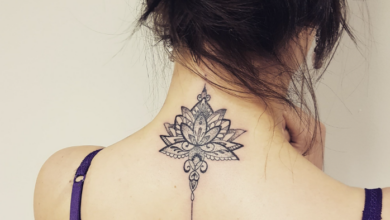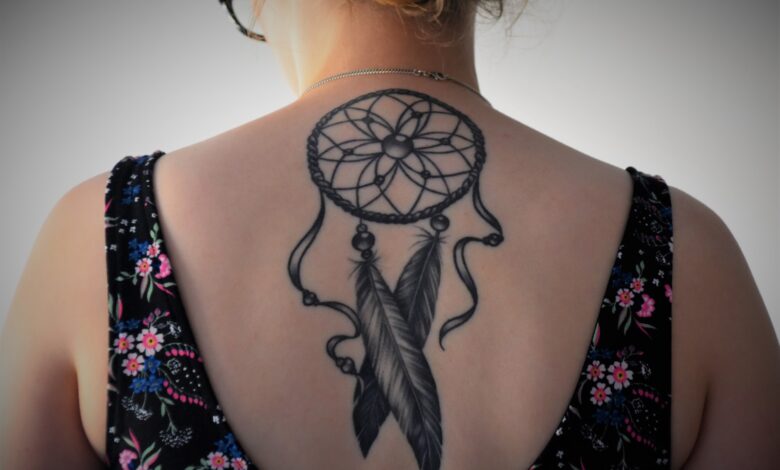
In this article, you will embark on a fascinating journey exploring the vibrant and expressive world of tattoos. Discover the captivating history behind this ancient art form and uncover the diverse cultural significance tattoos hold across the globe. From the intricate designs to the endless possibilities for self-expression, Stylish.ae’s Introduction to the World of Tattoos will ignite your curiosity and open your eyes to the beauty of this timeless art. Whether you’re a seasoned tattoo enthusiast or simply intrigued by this captivating form of body art, prepare to delve into a world where creativity knows no bounds.
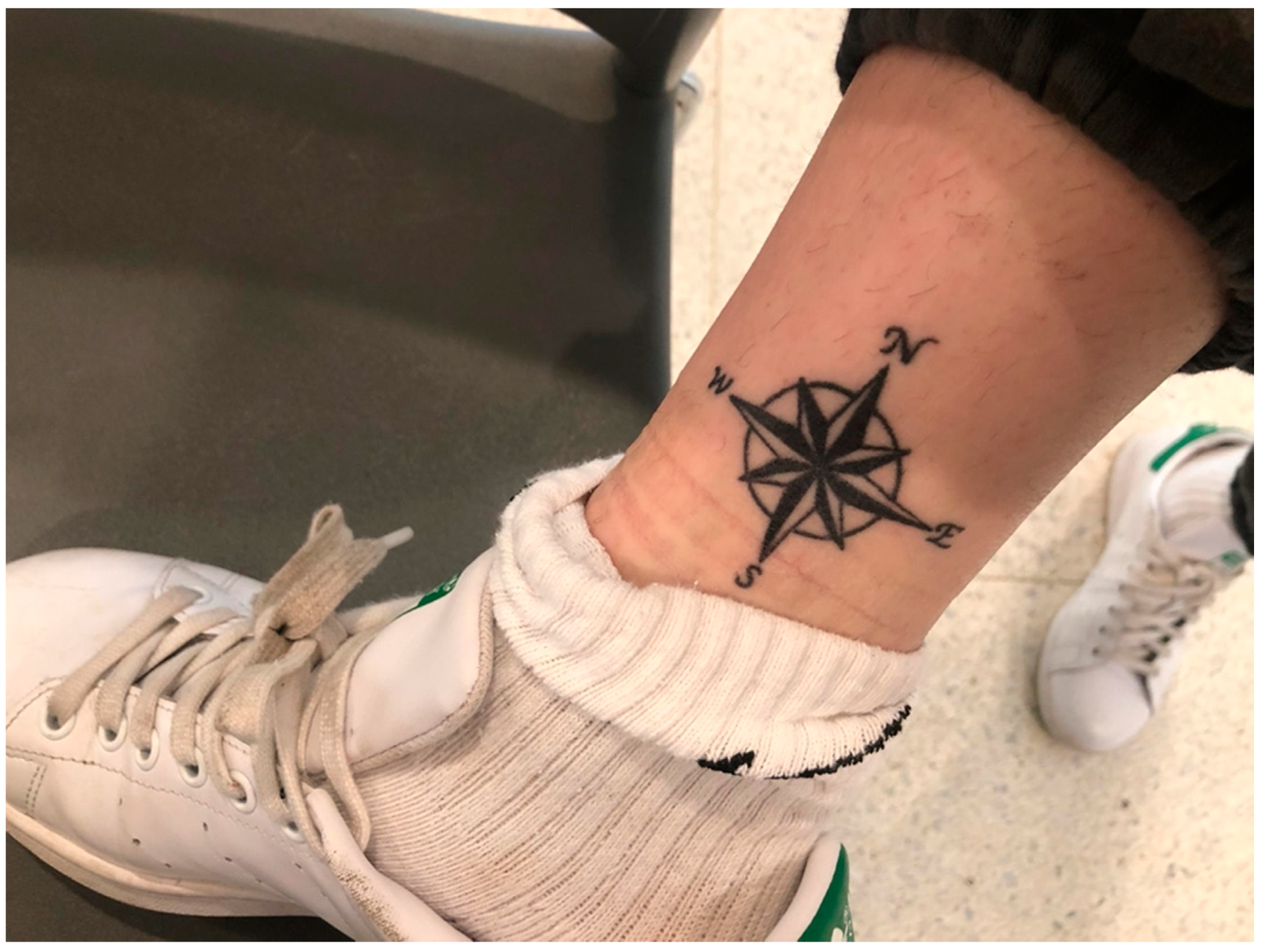
History of Tattoos
Ancient Origins
Tattoos have a rich history that dates back thousands of years. The exact origin of tattoos is a topic of debate among historians, but evidence suggests that they have been a part of human culture since ancient times. The oldest known tattooed human remains were discovered in 1991 in the Italian Alps and dated back to about 5300 years ago. These preserved remains had tattoos consisting of simple, geometric patterns.
Throughout history, tattoos have served various purposes in different cultures. In ancient Egypt, tattoos were seen as a form of protection, with amulets and symbols inked onto the skin to ward off evil spirits. Similarly, in ancient Greece and Rome, tattoos were believed to have protective and healing properties.
Cultural Significance
Tattoos have held significant cultural and social meanings in various societies. In Polynesia, tattoos played an integral role in the culture and had deep symbolic importance. Each tattoo had a specific meaning and conveyed a person’s social status, achievements, and spiritual connections. In Japan, tattoos were associated with the criminal underworld but later gained popularity as a form of art and self-expression.
Native American tribes also used tattoos as a way to commemorate significant events, mark achievements, and display tribal affiliations. In many cultures, tattoos were seen as a rite of passage or a way to connect with one’s ancestors. They served as a tangible representation of a person’s identity, beliefs, and experiences.
Modern Evolution
Tattooing has come a long way since its ancient origins. In modern times, tattoos have evolved from being associated with marginal subcultures to being widely accepted forms of self-expression and art. The advent of tattoo machines in the late 19th century revolutionized the industry, making tattooing faster and more precise.
The rise of pop culture and the influence of celebrities have also contributed to the growing popularity of tattoos. Many people now see tattoos as a way to showcase their individuality, tell personal stories, or pay tribute to loved ones. With advancements in tattooing techniques and a wider array of tattoo styles, the possibilities for creating unique and meaningful tattoos are endless.
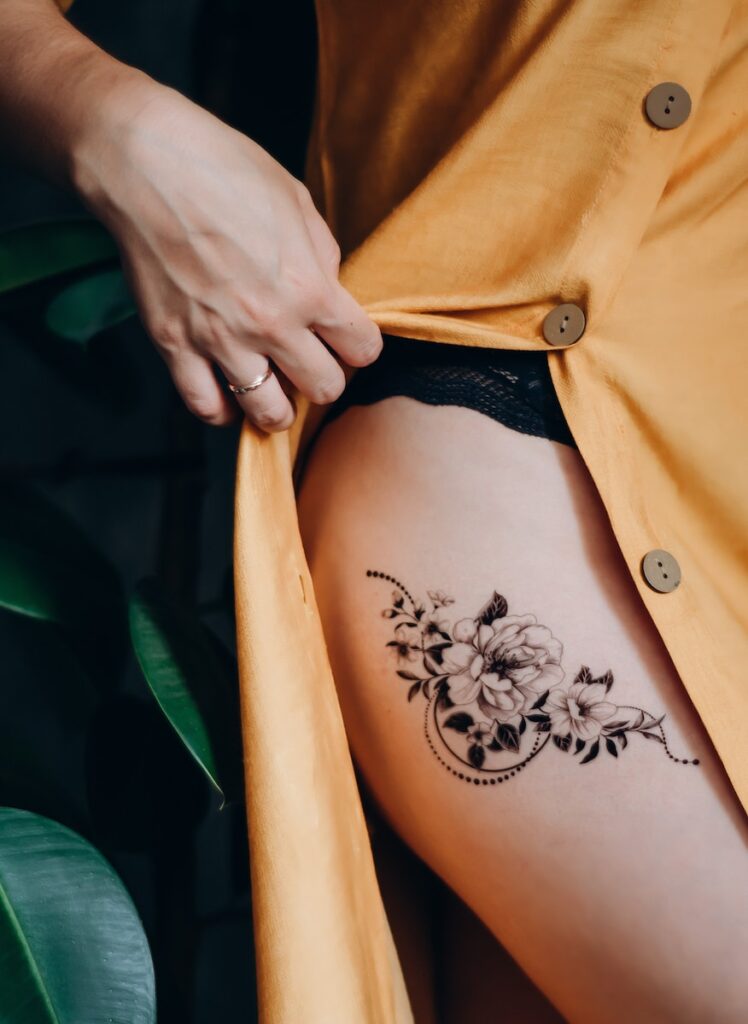
Different Types of Tattoos
Traditional Tattoos
Traditional tattoos, also known as old school tattoos, originated from the Western tattooing tradition. These tattoos feature bold, black outlines and a limited color palette of red, green, blue, and yellow. Traditional tattoo designs often include iconic imagery such as anchors, roses, hearts, and swallows. They have a timeless appeal and are still popular today as a nod to the roots of tattooing.
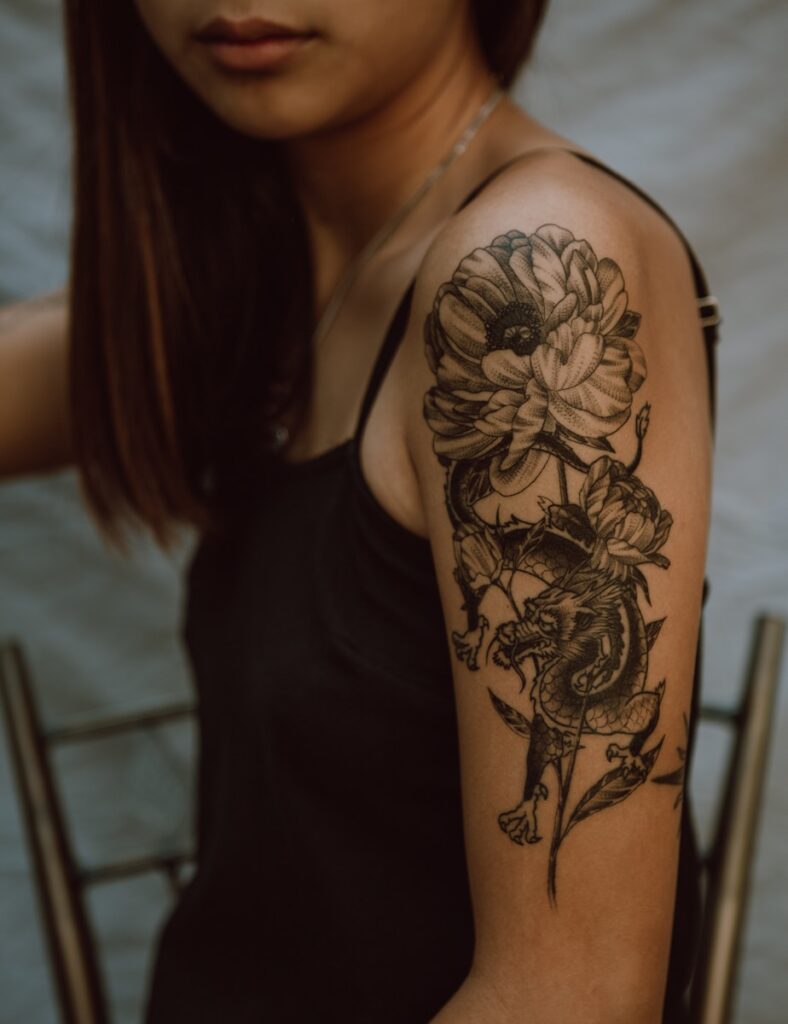
Realism Tattoos
Realism tattoos aim to replicate the appearance of a photograph or a realistic image on the skin. Skilled artists use shading, depth, and intricate details to create a lifelike representation of portraits, animals, landscapes, and even everyday objects. Realism tattoos require a high level of technical skill and often involve long sessions to achieve the desired level of detail.
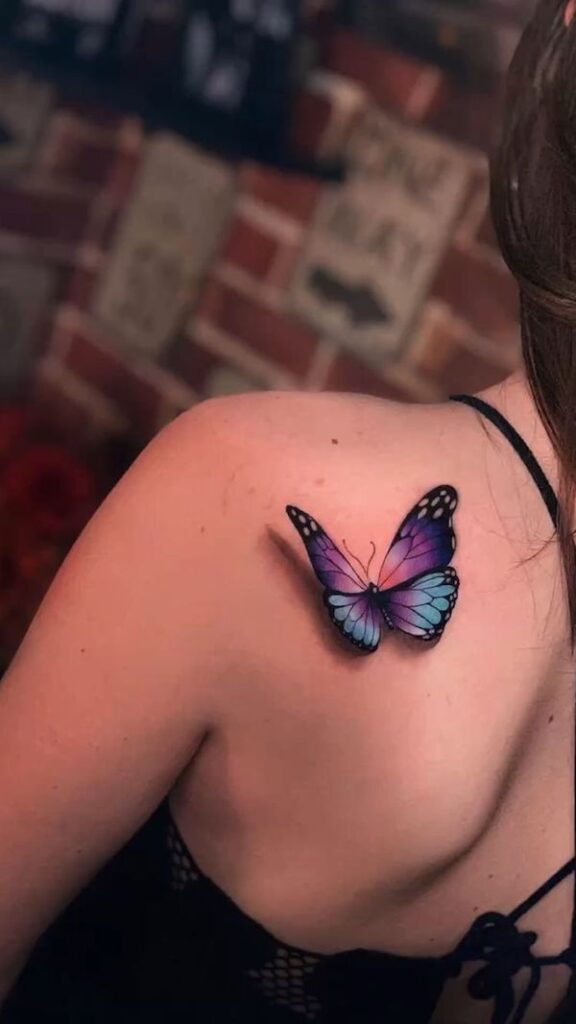
Watercolor Tattoos
Watercolor tattoos mimic the fluid and vibrant look of watercolor paintings. These tattoos rely on colorful strokes, splashes, and blending techniques to create an artistic, almost ethereal effect. Watercolor tattoos can be abstract or incorporate elements of nature, such as flowers, animals, or landscapes. They are visually striking and can evoke a sense of whimsy and playfulness.

Minimalist Tattoos
Minimalist tattoos embrace simplicity and clean lines. These tattoos focus on conveying a concept, word, or symbol with a minimalist approach, utilizing geometric shapes, fine lines, and negative space. Simple symbols, such as arrows, hearts, and constellations, are popular choices for minimalist tattoos. They offer a discreet yet meaningful way to express oneself.
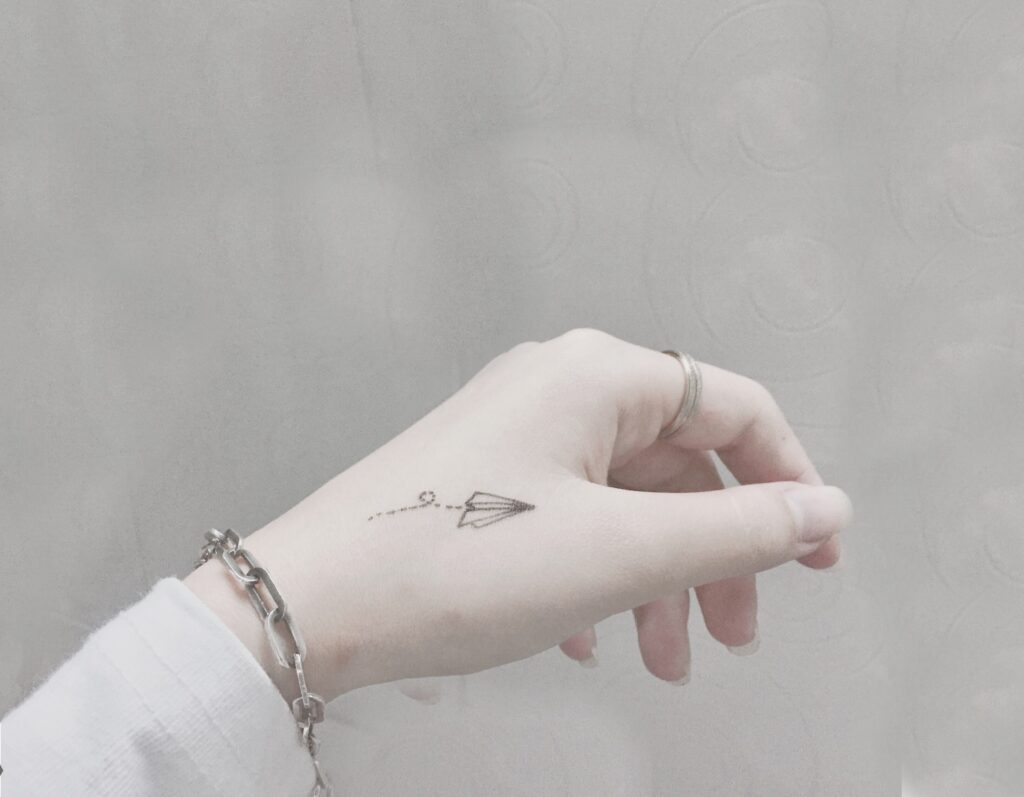
Blackwork Tattoos
Blackwork tattoos consist primarily of solid black ink and intricate dotwork. This style draws inspiration from tribal tattoos and traditional sacred symbols. Blackwork tattoos often cover large areas of the body and create bold, visually striking designs. They can vary from intricate patterns to larger, more abstract compositions. Blackwork tattoos are renowned for their boldness and timelessness.
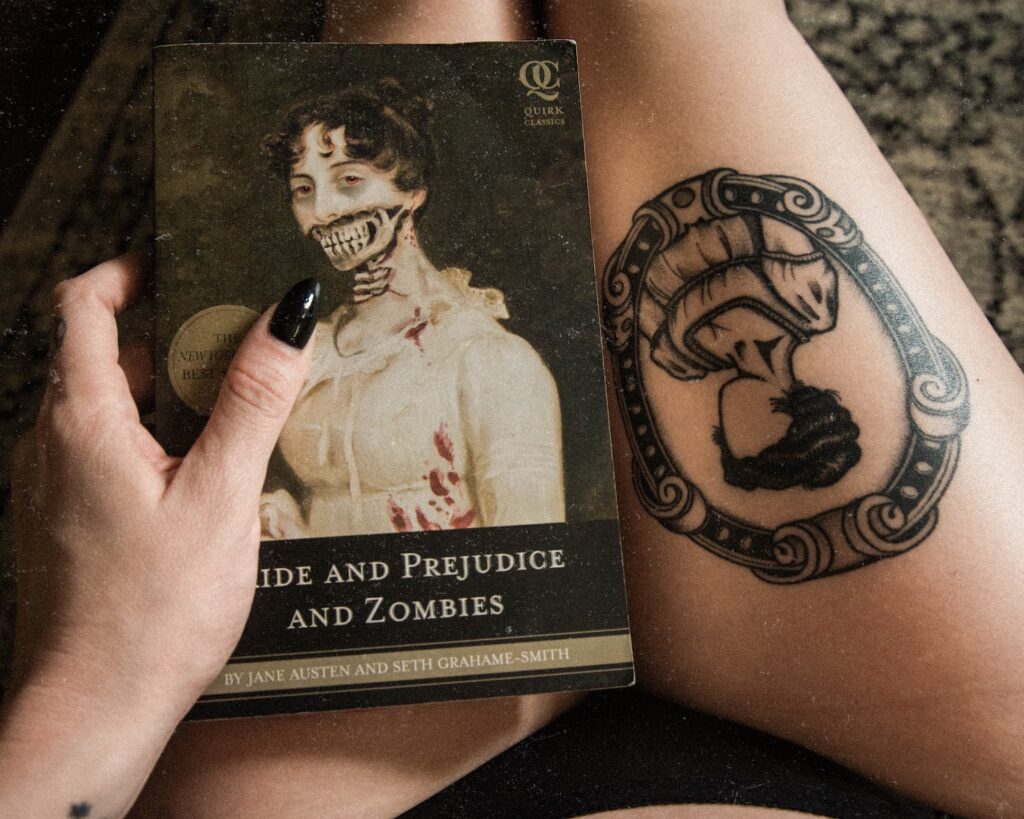
Choosing the Right Tattoo Design
Considering Personal Meaning
When choosing a tattoo design, it’s essential to consider its personal meaning. Tattoos are a permanent form of self-expression, so it’s crucial to select a design that holds significance to you. Think about symbols, images, or quotes that resonate with your values, life experiences, or aspirations. It could be a tribute to a loved one or a reminder of a significant event in your life. Taking the time to reflect on your personal meaning will ensure you’re happy with your choice for years to come.
Researching Tattoo Artists
Finding the right tattoo artist is crucial to achieving a design that matches your vision and meets your expectations. Take the time to research reputable tattoo artists in your area. Look for artists who specialize in the style you’re interested in and have a portfolio that demonstrates their skill. Reading reviews and seeking recommendations from friends can also provide insights into an artist’s professionalism and quality of work.
Reviewing Portfolio
Before committing to a specific tattoo artist, it’s essential to review their portfolio. A portfolio showcases an artist’s previous work and gives you an idea of their style, technique, and attention to detail. Assess the quality of the lines, shading, and overall composition in their tattoos. Pay attention to whether their portfolio includes pieces similar to the design you have in mind. A thorough review of an artist’s portfolio will help you determine if their artistic style aligns with your vision.
Custom Design vs. Flash Tattoos
When getting a tattoo, you have the option of choosing a custom design or selecting from pre-existing flash tattoos. Custom designs are created specifically for you by the tattoo artist, incorporating your ideas and specifications. This option allows for a one-of-a-kind tattoo that is uniquely yours. Flash tattoos, on the other hand, are pre-drawn designs that are available for anyone to choose from. While flash tattoos may lack the level of personalization of a custom design, they can be a convenient option if you find a design that resonates with you.
Tattoo Placement Considerations
Visible vs. Hidden Tattoos
Choosing the placement of your tattoo is an essential decision as it influences both the visibility and potential social and professional implications of your tattoo. Visible tattoos, such as those on the hands, neck, or face, make a bold statement and are more likely to be seen by others. Hidden tattoos, such as those on the upper back, ribcage, or thighs, provide more flexibility in terms of concealment. Consider your lifestyle, career, and personal preference when deciding between a visible or hidden tattoo.
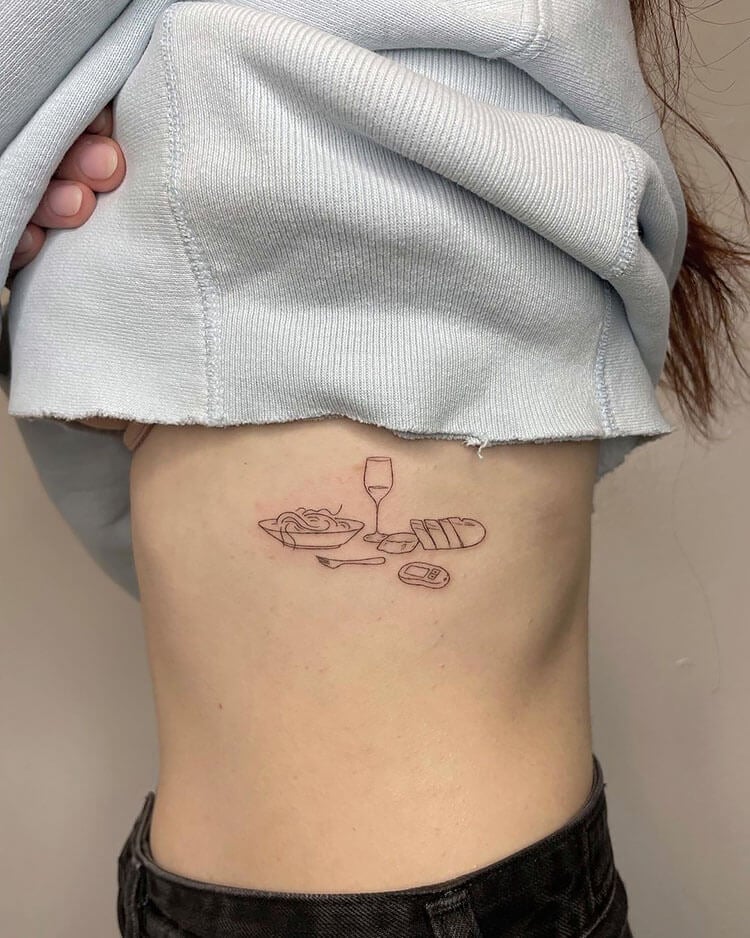
Pain and Sensitivity
Different areas of the body have varying levels of pain and sensitivity when it comes to tattooing. Areas with thinner skin, such as the ribs, ankles, and inner arm, tend to be more painful. Meanwhile, areas with more muscle or fat, like the outer arm or thighs, are generally less sensitive. Keep in mind that pain tolerance varies from person to person, so what might be uncomfortable for one individual may not be the case for another. Consider your pain threshold and choose a placement that aligns with your comfort level.
Body Shape and Contour
The contours and shape of your body can also impact how a tattoo looks and ages over time. It’s essential to choose a placement that complements your body’s natural lines and curves. For example, a mandala design may flow beautifully on the round shape of the upper arm, but its symmetry might be disrupted on the hip due to the body’s curvature. Take into account how the placement will affect the overall aesthetics of your tattoo, and discuss any concerns with your tattoo artist during the consultation.
Career and Social Implications
Before deciding on a tattoo placement, consider any potential career or social implications. While tattoos are becoming more widely accepted in many professions and social settings, there are still industries and cultures that have specific expectations regarding visible tattoos. If you work in a conservative field or anticipate situations where you may need to conceal your tattoo, it’s important to choose a placement that allows for easy coverage when needed. Always weigh the potential impact your tattoo placement may have on your personal and professional life.

Tattoo Process and Aftercare
Consultation and Design Phase
The tattoo process begins with a consultation with your chosen tattoo artist. During this phase, you’ll discuss your design ideas, placement preferences, and any questions or concerns you may have. Your tattoo artist will provide professional guidance and work with you to create a design that meets your expectations. They may also make adjustments to ensure optimal placement and aesthetics. Once the design is finalized, you can schedule an appointment for the tattooing process.
Appointment and Tattooing
On the day of your tattoo appointment, it’s essential to come prepared and well-rested. Make sure to eat a good meal beforehand and avoid excessive caffeine or alcohol consumption, as they can affect your body’s responses and increase pain sensitivity. At the beginning of the session, your tattoo artist will cleanse the area and transfer the stencil of the design onto your skin. They will then begin the tattooing process, carefully following the design and ensuring your comfort throughout the session. The length of the appointment will depend on the size and complexity of the tattoo.
Healing and Aftercare
After the tattooing process, your tattoo artist will bandage the tattooed area to protect it from bacteria and external irritants. They will provide you with detailed instructions on how to care for your new tattoo during the initial healing phase. Generally, proper aftercare involves gently washing the tattoo with mild soap, applying a thin layer of recommended ointment, and avoiding direct sunlight, swimming pools, and excessive moisture. It’s crucial to follow your tattoo artist’s aftercare instructions diligently to promote proper healing and prevent complications.

Avoiding Infections and Complications
To avoid infections and other complications, it’s essential to prioritize cleanliness and hygiene during the healing process. Wash your hands thoroughly before touching your tattoo and avoid scratching or picking at the scabs to prevent scarring. Keep the tattooed area clean and dry, avoiding excessive rubbing or exposure to abrasive materials. If you notice any signs of infection, such as redness, swelling, or pus, seek medical attention immediately. Your tattoo artist will be able to provide guidance and support if you experience any concerns or complications during the healing process.
Tattoo Removal Options
Laser Tattoo Removal
Laser tattoo removal is one of the most common methods for removing unwanted tattoos. It involves using laser technology to break down the tattoo ink into smaller particles, which are then eliminated by the body’s natural processes. Laser tattoo removal typically requires multiple sessions spaced several weeks apart to achieve the desired results. The number of sessions needed depends on factors such as the size, color, and depth of the tattoo.
Dermabrasion
Dermabrasion is a tattoo removal technique that involves using a rotating abrasive device to remove the top layers of skin, effectively eliminating the tattoo ink. It is a more aggressive method that may result in temporary discomfort and require a longer healing period. Dermabrasion is primarily suitable for smaller tattoos and may not be as effective for larger or more complex designs.
Tattoo Cover-ups
Another option for addressing tattoo regrets is a tattoo cover-up. This involves designing a new tattoo to be layered over the existing one, effectively concealing it. A skilled tattoo artist can work with you to create a design that incorporates elements from the old tattoo or completely transforms it into a new piece of art. Tattoo cover-ups offer a creative solution for those seeking to refresh or change the appearance of an existing tattoo.
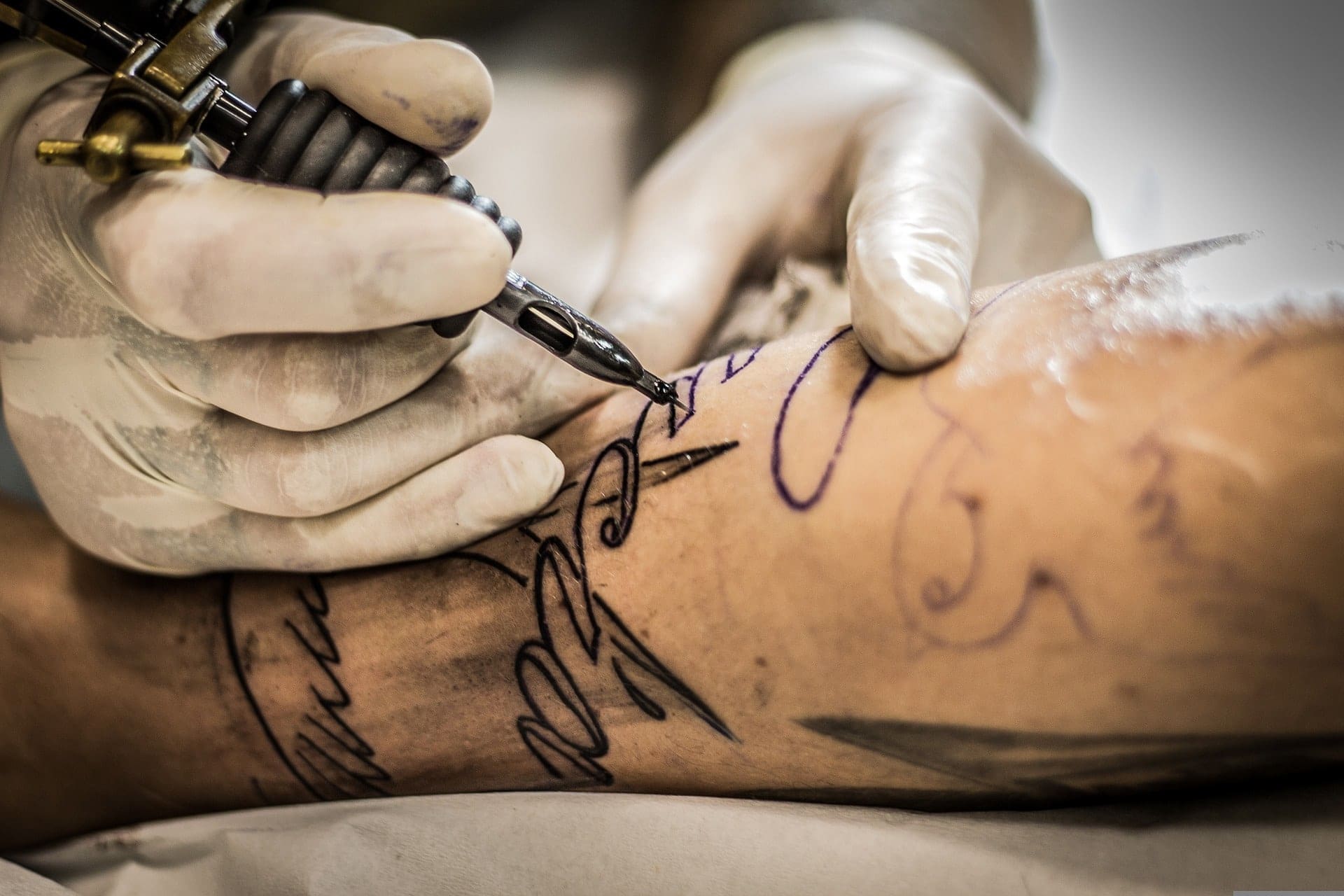
Tattoo Trends and Styles
Geometric Tattoos
Geometric tattoos have gained popularity in recent years for their clean lines, symmetrical shapes, and mathematical precision. These tattoos often feature intricate patterns, such as mandalas, lattices, or geometric animals. Geometric tattoos can be done in blackwork or incorporate vibrant colors to create visually striking designs. They offer a contemporary and minimalist aesthetic that appeals to those seeking a unique and symbolic tattoo.
Botanical Tattoos
Botanical tattoos celebrate the beauty of nature and incorporate elements such as flowers, leaves, and plants. These tattoos can be realistic or stylized, utilizing vibrant colors or subtle black and gray shading. Botanical tattoos allow for a wide range of design options, from simple floral arrangements to intricate jungle scenes. They can hold personal significance or symbolize concepts such as growth, beauty, or resilience.

Lettering and Typography
Lettering and typography tattoos focus on using words, quotes, or phrases as the main design element. These tattoos allow individuals to express their beliefs, values, or personal mantras. Lettering tattoos can vary in style, from elegant and script-like to bold and graphic. They can be placed in various locations on the body, such as the forearm, ribcage, or even as small wrist tattoos. Lettering tattoos require careful consideration of font choice, size, and placement to ensure a visually appealing and readable design.
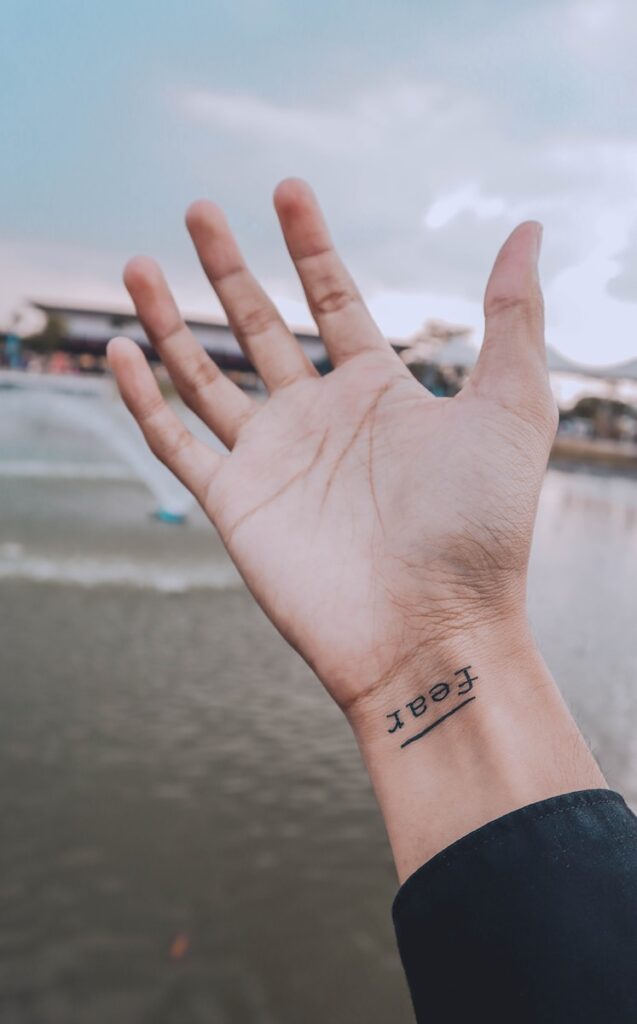
Mandala Tattoos
Mandala tattoos are intricate geometric designs that often incorporate circular patterns and symbols. These designs have spiritual and symbolic significance in various cultures, representing wholeness, balance, and unity. Mandala tattoos can be customized to represent personal stories or be chosen for their aesthetic beauty. They are a popular choice for those seeking a meaningful and visually captivating tattoo.
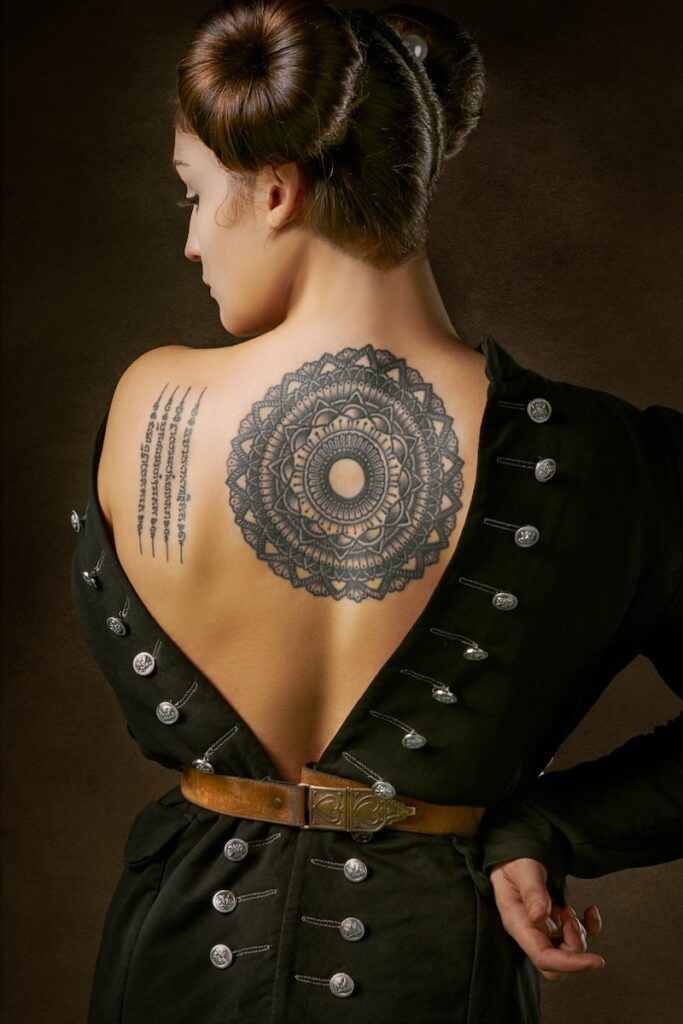
Tattoo Safety and Hygiene
Choosing a Professional Studio
When getting a tattoo, it’s crucial to choose a professional studio with a sterile and safe environment. Look for a studio that follows strict hygiene protocols, uses single-use needles, and practices proper sterilization techniques. Tattoo artists should wear disposable gloves and take appropriate measures to prevent cross-contamination. Visiting the studio in person and observing cleanliness practices can help ensure the highest standards of safety and hygiene.
Sterilization and Sanitation Practices
Sterilization and sanitation practices play a vital role in preventing infections and ensuring the safety of the tattooing process. Tattoo studios should use autoclaves or other sterilization equipment to sterilize reusable instruments properly. Single-use needles, ink caps, and gloves should be opened in front of the client to ensure their sterility. Artists should also maintain a clean working environment, regularly disinfecting surfaces and equipment. By prioritizing sterilization and sanitation practices, tattoo artists contribute to a safe and hygienic tattoo experience.
Proper Equipment Usage
Using proper tattooing equipment is a crucial aspect of ensuring safety and hygiene. Tattoo artists should use high-quality tattoo machines, needles, and ink that are specifically designed for tattooing. Tattoo machines should be properly cleaned and maintained to prevent contamination. The use of disposable materials, such as tattoo needles and tubes, further reduces the risk of cross-contamination. By using reliable and appropriate equipment, tattoo artists can provide a safer and more comfortable experience for their clients.
Artists’ Certification and Training
Certification and training demonstrate an artist’s commitment to professionalism and their dedication to maintaining high standards of safety and hygiene. Look for tattoo artists who have received training from reputable institutions or have completed apprenticeships under experienced professionals. Certification in bloodborne pathogens and first aid/CPR is also a valuable indicator of an artist’s knowledge and preparedness. Choosing a certified and well-trained artist increases the likelihood of a safe and successful tattoo experience.
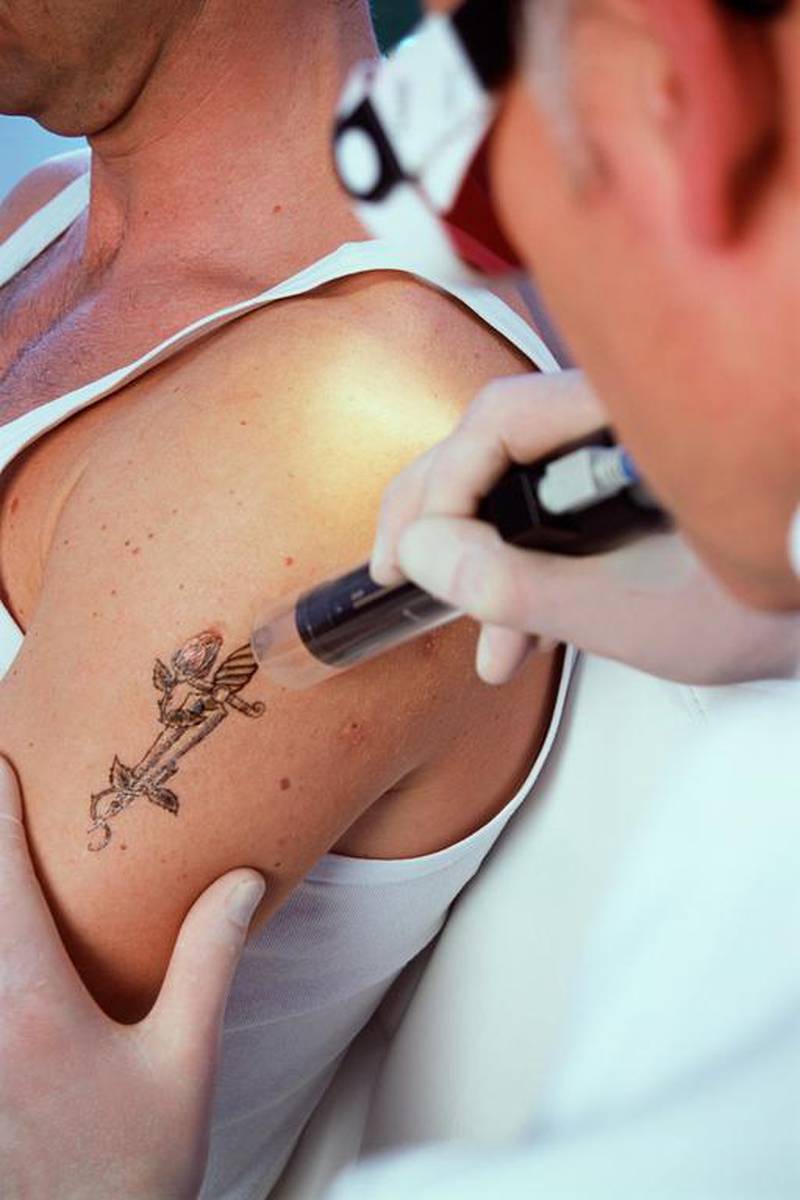
Tattoo Myth Busting
Pain Level
One common misconception about tattoos is that they are extremely painful. While everyone experiences pain differently, modern tattooing techniques and specialized numbing creams have significantly reduced discomfort during the process. The level of pain also depends on the placement and size of the tattoo. Areas with more nerve endings or thin skin may be more sensitive. However, many people find the discomfort to be manageable and well worth the final result. Communicating openly with your tattoo artist about any concerns or discomfort can help ensure a more comfortable experience.
Tattoos and Aging
Another myth surrounding tattoos is that they become blurry or distorted as the skin ages. While it is true that the skin does undergo natural changes over time, proper placement and good aftercare can help maintain the integrity of the tattoo. Protecting your tattoo from excessive sun exposure and maintaining a healthy lifestyle can also contribute to its longevity. Quality tattoo work, done by skilled artists, can remain vibrant and crisp for many years to come.
Tattoos and Pregnancy
Many people wonder if getting a tattoo while pregnant is safe. It is generally recommended to postpone getting a new tattoo until after pregnancy to minimize any potential risks. Pregnancy causes significant hormonal and physiological changes that can affect the healing process and increase the risk of complications. Additionally, some tattoo inks may contain ingredients that could be harmful to the developing fetus. It’s best to consult with a healthcare professional and your tattoo artist before considering any tattoo-related procedures during pregnancy.
Tattoos and Cultural Appropriation
Cultural appropriation is a complex and important topic to consider when it comes to tattoos. It’s crucial to approach cultural symbols, designs, and practices with respect and understanding. Appropriating someone else’s cultural heritage for aesthetic purposes without proper knowledge or permission can be disrespectful and offensive. When exploring tattoo designs inspired by other cultures, it’s essential to educate oneself about the cultural significance and seek guidance from individuals who belong to that culture. Appreciating and celebrating diversity in a thoughtful and respectful manner is key to avoiding cultural appropriation.
Understanding Tattoo Pricing
Factors Influencing Cost
Tattoo pricing can vary based on several factors, including the size, complexity, and placement of the tattoo. Larger tattoos generally require more time and materials, resulting in a higher cost. Intricate designs that require meticulous details or multiple colors may also affect the pricing. Additionally, some artists may charge higher rates based on their reputation, experience, and demand. Tattoo artists often have a minimum charge, which covers their time, setup, and equipment.
Shop Minimum vs. Hourly Rates
Many tattoo studios have a shop minimum, which is the minimum charge for any tattoo regardless of size. The shop minimum accounts for the artist’s time, overhead costs, and supplies. Hourly rates are another common pricing method used by tattoo artists. Hourly rates vary based on factors such as the artist’s experience, location, and demand. Hourly rates may be more cost-effective for larger tattoos that require multiple sessions, while a shop minimum may be more appropriate for smaller, simpler designs.
Tipping Etiquette
Tipping is customary in the tattoo industry as a way to show appreciation for the artist’s skill and effort. While tipping is not mandatory, it is a gesture that is greatly appreciated. The typical range for tipping tattoo artists is 15-20% of the total cost of the tattoo. However, factors such as exceptional service or a particularly intricate design might warrant a higher tip. Tipping is a personal choice, and it’s always best to consider your budget and level of satisfaction before deciding on an appropriate tip.
In conclusion, tattoos have a deep and fascinating history rooted in various cultures around the world. From ancient origins to the modern evolution of tattooing, this form of self-expression has grown in popularity and acceptance. With a wide range of tattoo styles and designs available, choosing the right tattoo requires careful consideration of personal meaning, research on tattoo artists, and a review of their portfolios. Placement considerations, including visibility, pain sensitivity, body shape, and career implications, are essential factors to contemplate. Following the tattoo process and aftercare guidelines, as well as being aware of tattoo removal options, ensures a safe and successful tattoo experience.
By understanding tattoo trends and debunking common myths, individuals can make informed decisions about their tattoos. Prioritizing safety and hygiene, researching artists’ certifications and training, and understanding tattoo pricing and tipping etiquette are all vital aspects of the tattoo journey. With these considerations in mind, you can embark on creating a meaningful and beautiful piece of art that will be with you for a lifetime.
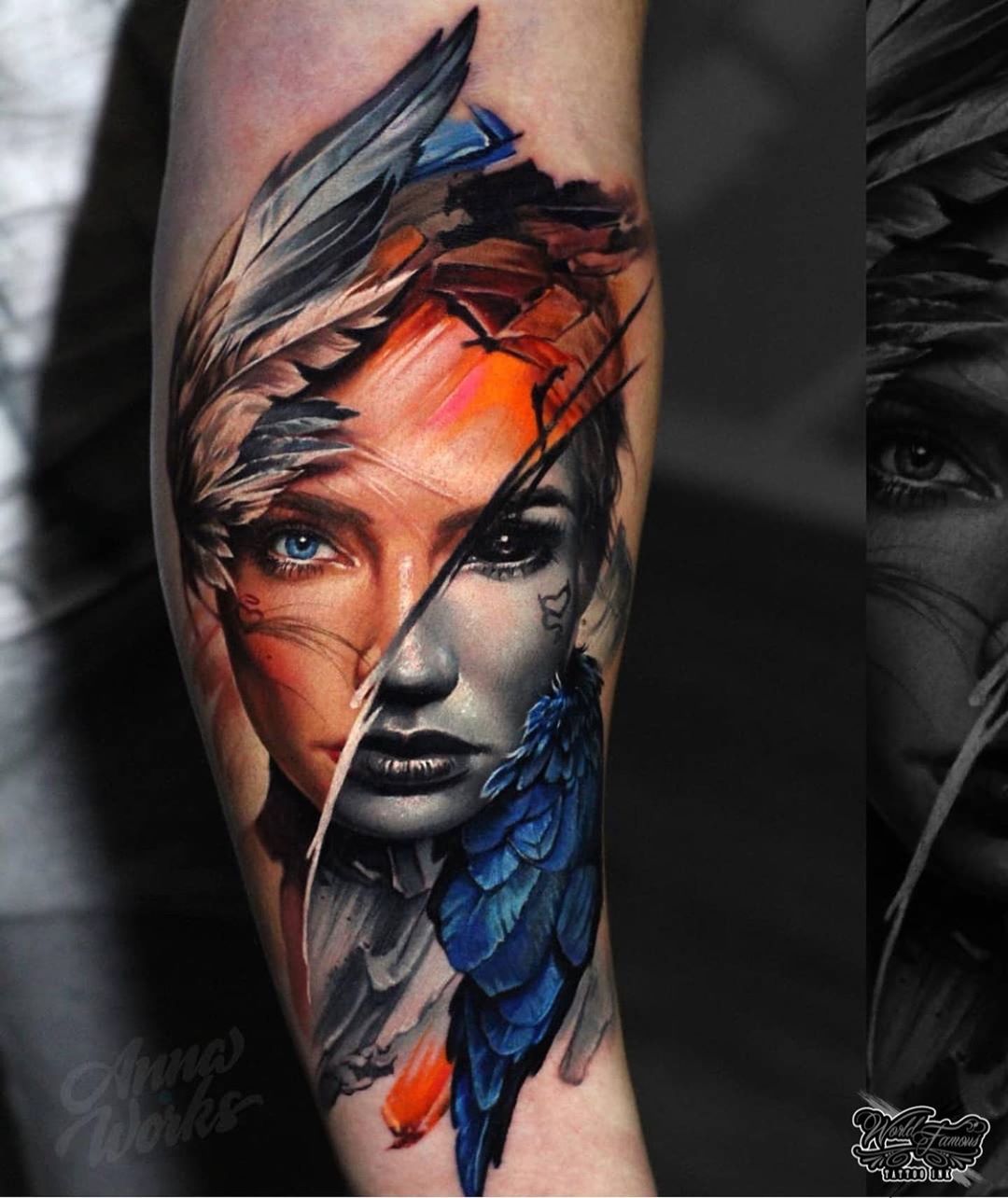
Tattooing 101: Choosing The Right Tattoo’s Ink For Your Skin(Opens in a new browser tab)
Stylish.ae’s Ultimate Guide To Choosing Your First Tattoo(Opens in a new browser tab)

